Home>Articles>How Many Lights Can You Put On A Dimmer Switch
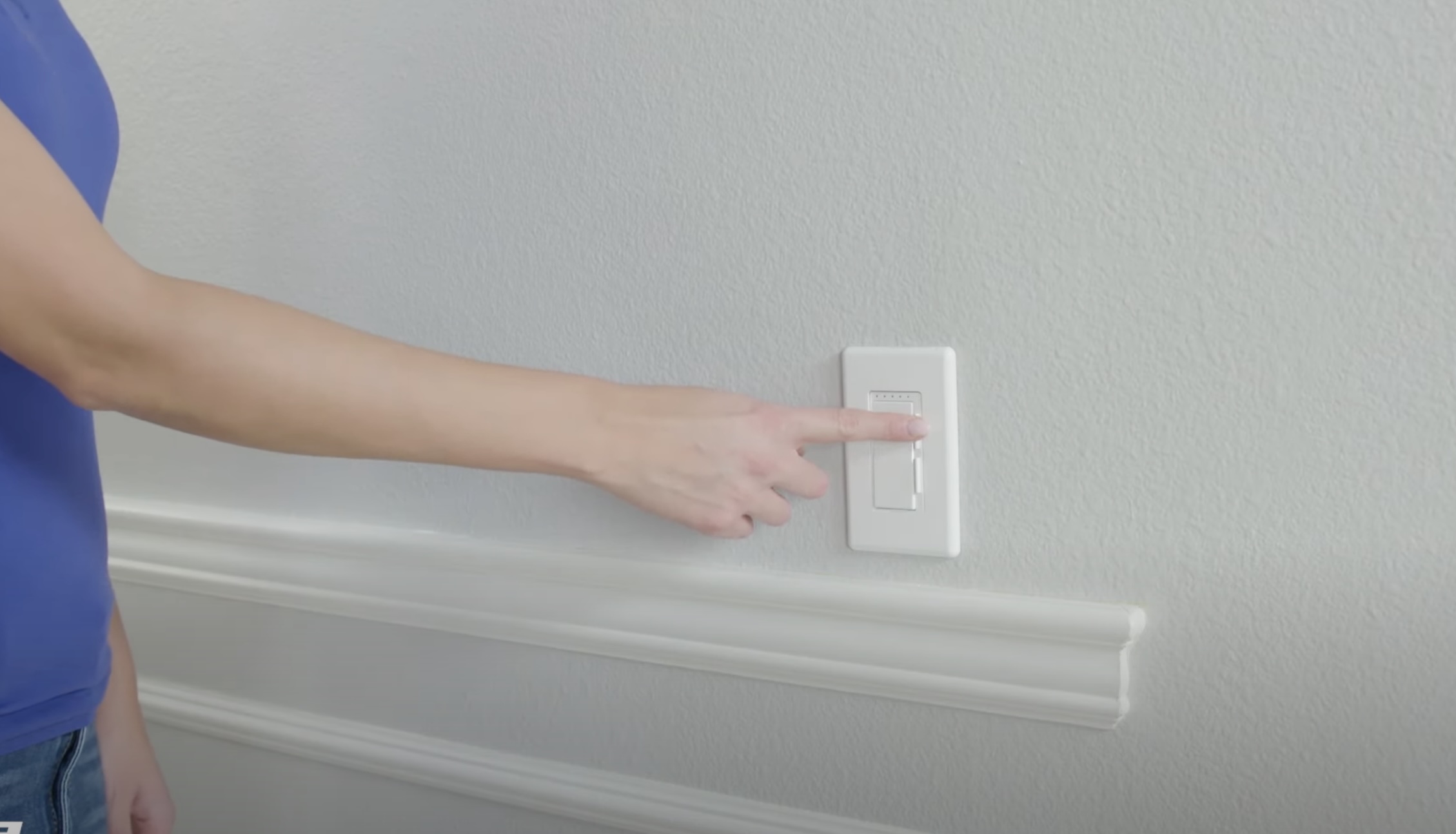

Articles
How Many Lights Can You Put On A Dimmer Switch
Modified: December 7, 2023
Discover the answer to the question "how many lights can you put on a dimmer switch" in this informative article. Learn about the factors to consider and maximize your lighting control.
(Many of the links in this article redirect to a specific reviewed product. Your purchase of these products through affiliate links helps to generate commission for Storables.com, at no extra cost. Learn more)
Introduction
A dimmer switch allows you to control the intensity of lighting in a room, creating a cozy and adjustable atmosphere. It’s a functional and aesthetically pleasing feature that many homeowners choose to incorporate in their lighting setups. However, it’s important to understand the limitations of dimmer switches and how they impact the number of lights you can connect to them.
In this article, we will explore the question, “How many lights can you put on a dimmer switch?” We will delve into the technical aspects of dimmer switches, safety considerations, and the implications of different types of lights on the overall electrical load of the switch.
Whether you are planning to install dimmer switches in your home or simply curious about how they work, this article will provide you with all the information you need to make informed decisions and ensure the safe operation of your lighting system.
Key Takeaways:
- Understanding the compatibility and load limitations of dimmer switches is crucial for creating a safe and cozy lighting environment. Choose the right dimmer switch for your specific lighting needs to ensure optimal performance and safety.
- Prioritize safety, follow manufacturer’s instructions, and consider the compatibility of different lighting types when using dimmer switches. With the right dimmer switch and proper usage, you can enjoy the flexibility and convenience of adjustable lighting in your home or office.
Understanding Dimmer Switches
Dimmer switches are electrical devices that allow you to adjust the brightness of your lights. They work by altering the amount of electrical voltage supplied to the light bulb, thereby controlling the intensity of the light output. This gives you the flexibility to create different lighting moods and ambiances in a room.
There are various types of dimmer switches available on the market, including rotary dimmers, slide dimmers, and touch-sensitive dimmers. Each type operates in a slightly different way, but they all serve the same purpose of regulating light intensity.
Dimmer switches typically have a dial, slider, or button that you can use to adjust the level of brightness. Some switches may also have additional features such as the ability to program preset lighting scenes or control multiple lights from a central location.
It’s important to note that not all lights are compatible with dimmer switches. Some types of lights, such as fluorescent tubes or certain LED bulbs, require specific dimmer switches that are designed to work with those particular lighting technologies. Using the wrong type of dimmer switch with incompatible lights can lead to flickering, buzzing, or even damage to the bulbs or switches.
Now that we have a basic understanding of dimmer switches, let’s explore the safety considerations you should keep in mind when using them.
Safety Considerations
When installing and using dimmer switches, it’s crucial to prioritize safety to prevent any electrical hazards or damage to your lighting system. Here are some key considerations to keep in mind:
1. Follow Manufacturer’s Instructions: Always read and follow the instructions provided by the manufacturer of the dimmer switch. They will provide specific guidelines on installation, compatibility, and maximum load capacity.
2. Use Proper Wiring: Ensure that the dimmer switch is installed correctly and that the wires are properly connected. If you’re not confident in your electrical skills, it’s best to hire a professional electrician to handle the installation.
3. Check Electrical Load: Each dimmer switch has a specific electrical load rating, which indicates the maximum wattage it can handle. It’s essential to calculate the total wattage of all the lights connected to the dimmer switch to ensure it doesn’t exceed its load capacity.
4. Allow for Proper Ventilation: Dimmer switches can generate heat when in use. Make sure that there is adequate ventilation around the switch to prevent overheating. Avoid covering the switch with any flammable materials and keep it clear of any obstructions.
5. Consider Dimmer Switch Compatibility: Different types of lights require specific dimmer switches designed to work with them. Check the compatibility between the dimmer switch and the lights you intend to connect. Using incompatible switches can result in flickering, buzzing, or even damage to the lights or switches.
6. Inspect Regularly: Periodically inspect the dimmer switch and the connected lights for any signs of wear, damage, or loose connections. If you notice any issues, such as flickering lights or abnormal heat, discontinue use and seek professional assistance.
By following these safety considerations, you can ensure the proper functioning of your dimmer switches and maintain a safe and reliable lighting system in your home. Next, let’s explore the electrical load limitations of dimmer switches in more detail.
Electrical Load Limitations
Dimmer switches have specific electrical load limitations that you need to be aware of to ensure proper functionality and safety. The electrical load of a dimmer switch refers to the total wattage or power consumption of the lights connected to it.
Each dimmer switch is designed to handle a particular maximum load capacity, which is usually measured in watts. Exceeding this load capacity can lead to overheating, premature failure of the switch, or even electrical hazards.
When calculating the electrical load for a dimmer switch, you need to add up the wattage of all the lights that will be connected to it. This information can usually be found on the packaging or documentation of the light bulbs or fixtures.
For example, if you have four light bulbs rated at 60 watts each, the total wattage of the lights connected to the dimmer switch would be 240 watts. You need to ensure that the maximum load capacity of the dimmer switch is greater than or equal to this total wattage.
It’s important to note that dimmer switches typically have different load capacities based on the type of lighting technology you are using. Incandescent and halogen lights have higher compatible load capacities compared to LED lights or compact fluorescent lights (CFLs).
It’s also worth mentioning that some dimmer switches have a minimum load requirement, meaning that they are designed to work best when a certain minimum wattage is connected. If the total wattage of your lights falls below this minimum requirement, you may experience issues such as flickering or buzzing.
When in doubt, it’s always recommended to consult the manufacturer’s specifications or consult with a qualified electrician to ensure you are using the appropriate dimmer switch for your specific lighting setup.
Next, let’s explore the compatibility of different types of lights with dimmer switches.
Incandescent and Halogen Lights
Incandescent and halogen lights are the most commonly used lights in residential settings and are generally compatible with dimmer switches. They produce light by passing an electric current through a filament, which causes it to glow and emit light.
When using dimmer switches with incandescent or halogen lights, it’s important to ensure that the dimmer switch is rated for the appropriate wattage. Most standard dimmer switches are designed to handle the higher load capacities of incandescent and halogen lights.
These types of lights have a smooth and continuous dimming curve, meaning they can be dimmed gradually from full brightness to a subtle glow. They provide a warm and cozy ambiance when paired with a dimmer, allowing you to adjust the lighting level to suit your preference or the occasion.
It’s worth noting that incandescent and halogen lights can consume a significant amount of energy and have a shorter lifespan compared to newer lighting technologies, such as LEDs or CFLs. However, they are still commonly used in various applications due to their warm color temperatures and familiar lighting characteristics.
When using dimmer switches with incandescent or halogen lights, it’s important to monitor their performance and conduct regular checks for any signs of overheating or malfunctioning. If you notice any issues, such as flickering or buzzing, it may indicate a compatibility issue or a problem with the dimmer switch.
As we move towards more energy-efficient lighting options, let’s explore the compatibility of dimmer switches with LED lights.
Make sure to check the maximum wattage capacity of your dimmer switch before connecting any lights. Exceeding the wattage limit can cause the dimmer to overheat and potentially become a fire hazard.
LED Lights
LED (Light Emitting Diode) lights have gained popularity in recent years due to their energy efficiency, long lifespan, and versatility. They are increasingly being used in various lighting applications, including residential spaces, commercial buildings, and outdoor lighting.
LED lights are compatible with dimmer switches; however, not all LED lights are created equal when it comes to dimming capabilities. Some LED lights may not dim smoothly or may not dim at all if not specifically designed for dimming.
When using LED lights with dimmer switches, it’s crucial to choose dimmable LED light bulbs that are explicitly labeled as compatible with dimmers. These bulbs are designed to work with the specific electrical load and dimming mechanism of dimmer switches.
It’s important to note that not all dimmer switches are compatible with LED lights. LED lights operate at lower wattages compared to incandescent and halogen lights, requiring dimmers that are specifically designed for LED compatibility.
LED dimming technology has improved over the years, and many modern dimmer switches are now compatible with a wide range of LED bulbs. However, it’s still recommended to check the compatibility information provided by the manufacturer before purchasing both the dimmer switch and LED bulbs.
LED lights offer several advantages when used with dimmer switches. They are highly efficient and consume less energy compared to traditional lighting options, helping you save on electricity bills. LED lights also have a longer lifespan, reducing the need for frequent bulb replacements.
One thing to keep in mind when using LED lights with dimmer switches is flickering. Some LED lights may flicker or exhibit compatibility issues with certain dimmer switches. This can be mitigated by using high-quality LED bulbs and compatible dimmer switches, specifically designed for LED dimming.
As newer LED technologies and dimming techniques continue to evolve, it’s important to stay up-to-date with the latest compatibility information and consult with manufacturers or lighting professionals to ensure optimal performance and compatibility.
Next, let’s explore the compatibility of dimmer switches with CFL (Compact Fluorescent) lights.
CFL Lights
CFL (Compact Fluorescent) lights are another energy-efficient lighting option commonly used in homes and businesses. They are designed to replace traditional incandescent bulbs and offer significant energy savings and a longer lifespan.
When it comes to using dimmer switches with CFL lights, compatibility can be a bit more complex compared to incandescent or LED lights. Not all CFL bulbs are designed to work with dimmer switches, and using an incompatible bulb can result in flickering, buzzing, or even damage to the bulb or dimmer switch.
To ensure proper compatibility, look for CFL bulbs that are specifically labeled as dimmable or designed for use with dimmer switches. These bulbs are engineered to support dimming functions and are built to withstand the unique electrical characteristics of dimmer switches.
When selecting a dimmable CFL bulb, it’s important to check the packaging or consult the manufacturer’s specifications to verify that it is compatible with the specific dimmer switch you plan to use. This information will help ensure optimal performance and eliminate any potential issues.
It’s worth noting that CFL lights may have limitations when it comes to dimming. Unlike incandescent lights that dim smoothly and uniformly, CFL lights may not offer the same level of dimming range or smoothness of light reduction. Some CFL bulbs may have a limited dimming range and may not dim as low as incandescent or LED lights.
Additionally, dimming CFL lights can affect their lifespan. Rapid or frequent dimming can impact the internal electronic components and reduce the overall lifespan of the bulb. It’s important to consider these factors when using CFL lights with dimmer switches and take necessary precautions to ensure the longevity of both the bulbs and the dimmer switch.
As newer lighting technologies continue to emerge, such as LED lights, CFL lights are gradually being phased out. However, if you still have CFL lights installed in your home or business, it’s important to choose dimmable CFL bulbs designed for compatibility with dimmer switches.
Now that we have explored the compatibility of different lighting types with dimmer switches, let’s discuss the implications of having a mix of different lighting types on the same dimmer switch.
Mixed Lighting Types
Having a mix of different lighting types on the same dimmer switch can pose some challenges and considerations. It’s important to understand how each type of light behaves with dimming and ensure compatibility between the dimmer switch and the lights to achieve optimal performance and avoid any issues.
When using a dimmer switch with mixed lighting types, such as incandescent, halogen, LED, and CFL lights, it’s essential to choose a dimmer switch that is specifically designed to work with a variety of lighting technologies. These multi-purpose dimmer switches can accommodate different load capacities and the varying dimming requirements of each lighting type.
Using incompatible dimmer switches or mixing incompatible lights on the same dimmer switch can lead to issues such as flickering, buzzing, or poor dimming performance. It is important to ensure that all the lights connected to the dimmer switch are compatible with its specifications.
Additionally, it’s important to consider the wattage or power consumption of each lighting type when calculating the electrical load for the dimmer switch. Each type of light has its own wattage requirement, and exceeding the load capacity of the dimmer switch can result in overheating or other safety issues.
When configuring a dimmer switch for mixed lighting types, it’s also important to consider the dimming range and behavior of each light. Some lights, such as incandescent or halogen, have a smooth and continuous dimming curve, while others may have limitations in their dimming range or may not dim as smoothly.
To achieve the best results and prevent any compatibility issues, it’s recommended to consult with lighting professionals or manufacturers to ensure proper compatibility and performance when using mixed lighting types on the same dimmer switch.
Lastly, it’s important to choose a dimmer switch that offers convenient and intuitive control over the different lighting types. Some dimmer switches offer advanced features such as programmable settings, scene presets, or even compatibility with smart home systems, allowing you to create customized lighting experiences for your space.
Now that we have explored the compatibility considerations for mixed lighting types, let’s discuss how to choose the right dimmer switch for your specific needs.
Choosing the Right Dimmer Switch
Choosing the right dimmer switch is crucial to ensure optimal performance, compatibility, and safety. Here are some factors to consider when selecting a dimmer switch:
1. Lighting Compatibility: Determine the types of lights you plan to connect to the dimmer switch, such as incandescent, halogen, LED, or CFL lights. Make sure the dimmer switch is specifically designed to work with those lighting technologies, ensuring compatibility and smooth dimming performance.
2. Load Capacity: Check the maximum load capacity of the dimmer switch to ensure it can handle the total wattage of the lights you intend to connect. Consider both the individual wattage of each light and the cumulative wattage for mixed lighting setups.
3. Dimming Range: Consider the desired dimming range for your lighting setup. Some dimmer switches offer a wider range of dimming options, allowing for more precise control over the light intensity. Determine whether you need a dimmer switch that can dim the lights to very low levels or if a standard dimming range will suffice.
4. Ease of Use: Look for a dimmer switch that offers user-friendly controls and intuitive operation. Consider whether you prefer a rotary, slide, or touch-sensitive dimmer switch, and choose based on your personal preference and ease of use.
5. Additional Features: Consider any additional features or functionalities that you may require. Some dimmer switches offer programmable settings, scene presets, or compatibility with smart home systems for added convenience and automation.
6. Safety Certifications: Ensure that the dimmer switch meets safety standards and is certified by reputable organizations. Look for safety certifications such as UL (Underwriters Laboratories) or CSA (Canadian Standards Association) to ensure the switch has undergone rigorous testing for safety and performance.
7. Professional Installation: If you’re unsure about the installation process or have any concerns about electrical wirings, it is advisable to hire a professional electrician. They have the expertise and knowledge to ensure the correct installation and proper functioning of the dimmer switch.
By considering these factors and doing thorough research, you can choose the right dimmer switch that suits your specific lighting needs and preferences. Remember, the compatibility between the dimmer switch and the lights is crucial for optimal performance and safety.
Now, let’s wrap up our discussion.
Conclusion
Choosing and properly using a dimmer switch can significantly enhance the lighting ambiance and flexibility in your space. By understanding the limitations, compatibility, and safety considerations associated with dimmer switches, you can create a cozy and adjustable lighting environment while ensuring optimal performance and safety.
When selecting a dimmer switch, consider the types of lights you plan to connect and choose a switch that is specifically designed to work with those lighting technologies. Take into account the load capacity of the switch and ensure it can handle the total wattage of the connected lights.
It’s important to follow the manufacturer’s instructions and guidelines for installation and use. Proper wiring, ventilation, and periodic inspections are crucial for maintaining dimmer switch functionality and safety.
Different lighting types, such as incandescent, halogen, LED, and CFL lights, have their own considerations when used with dimmer switches. Ensure compatibility between the lights and the switch, and be aware of any limitations in dimming range or behavior.
By carefully choosing the right dimmer switch for your needs and considering additional features such as ease of use and safety certifications, you can optimize your lighting control and enjoy the benefits of adjustable lighting in your home or office.
If you’re uncertain about the installation process or have specific concerns, it’s recommended to consult with a professional electrician who can provide expert advice and ensure a safe and reliable dimmer switch setup.
With the right dimmer switch and proper usage, you can create a warm and inviting atmosphere, tailor your lighting to suit any occasion, and enjoy the flexibility and convenience that dimmer switches have to offer.
Remember, always prioritize safety, choose compatible lighting options, and enjoy the versatility and comfort that dimmer switches bring to your living space.
Frequently Asked Questions about How Many Lights Can You Put On A Dimmer Switch
Was this page helpful?
At Storables.com, we guarantee accurate and reliable information. Our content, validated by Expert Board Contributors, is crafted following stringent Editorial Policies. We're committed to providing you with well-researched, expert-backed insights for all your informational needs.
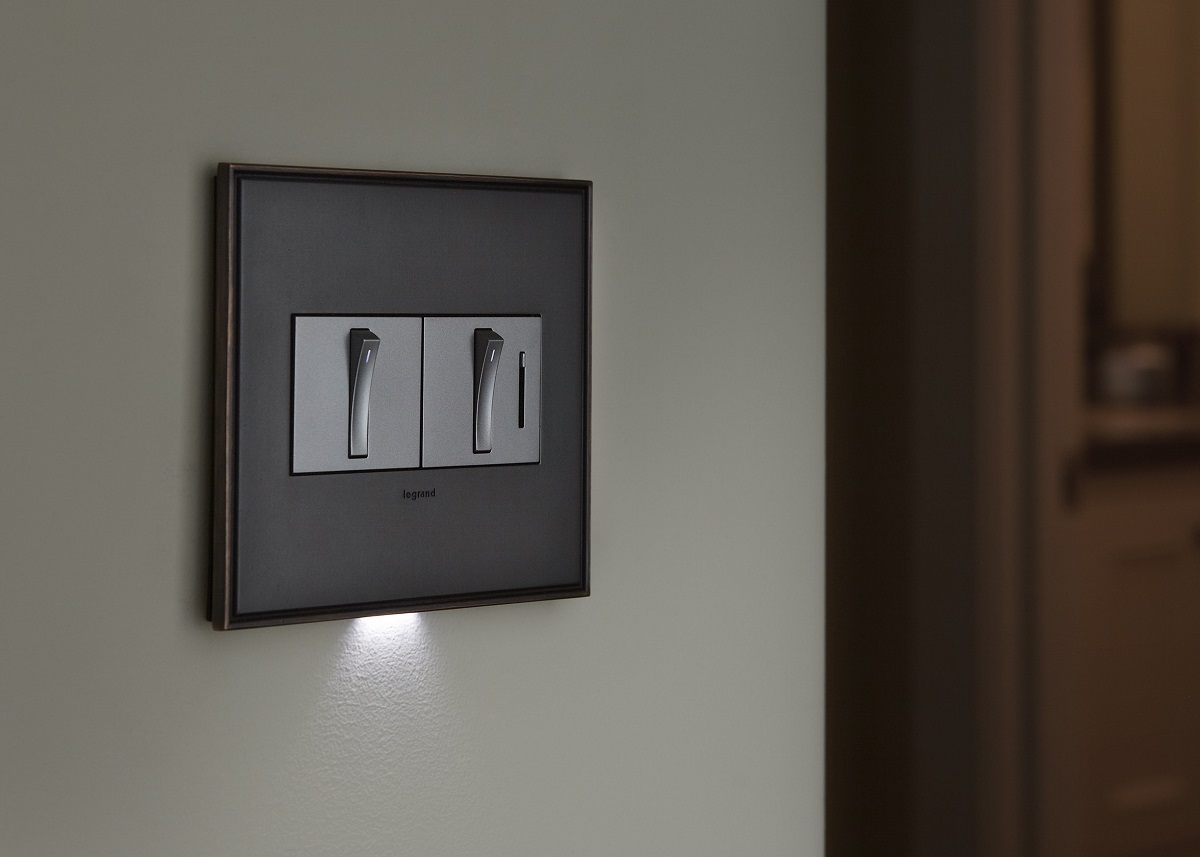
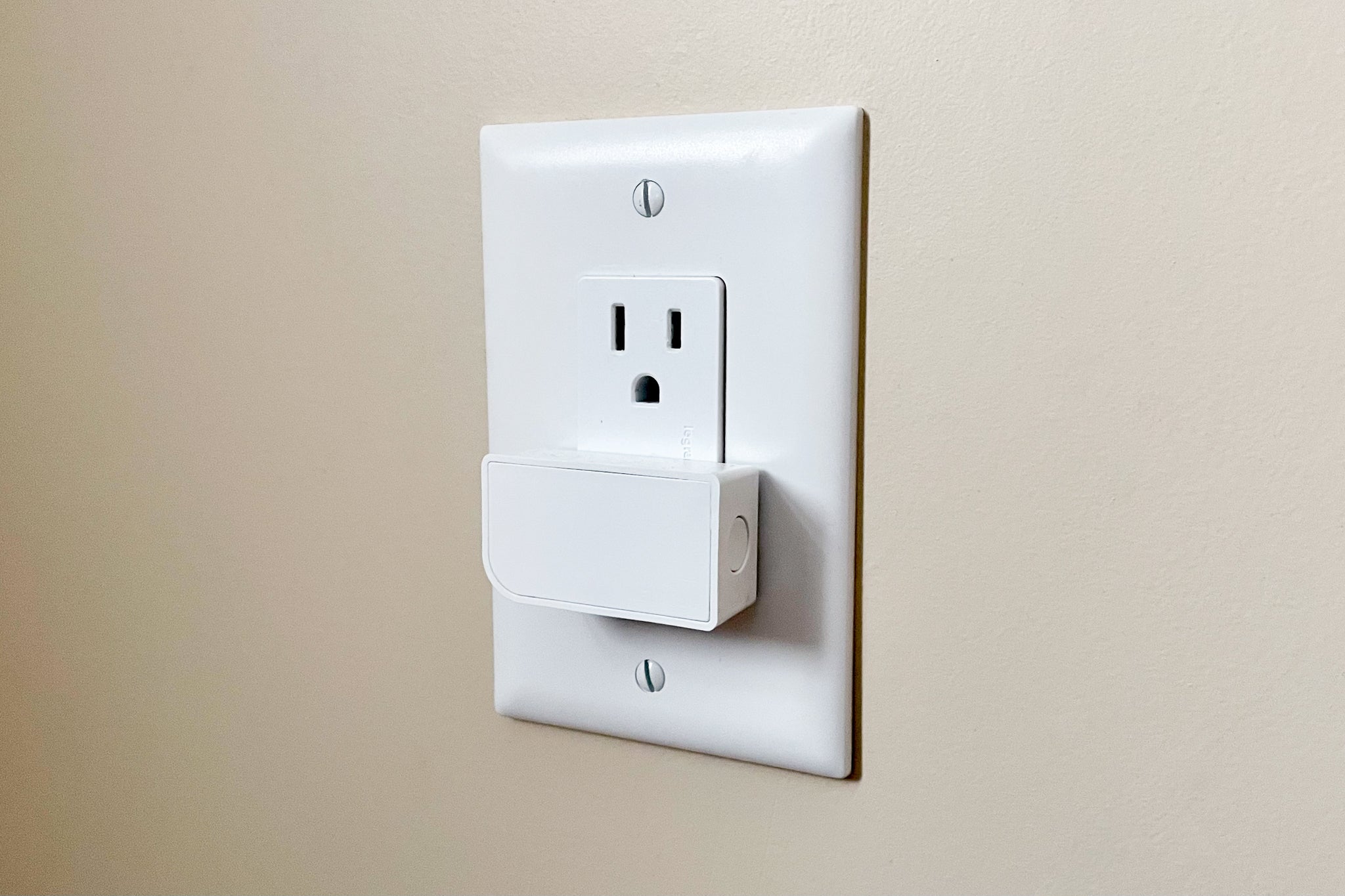
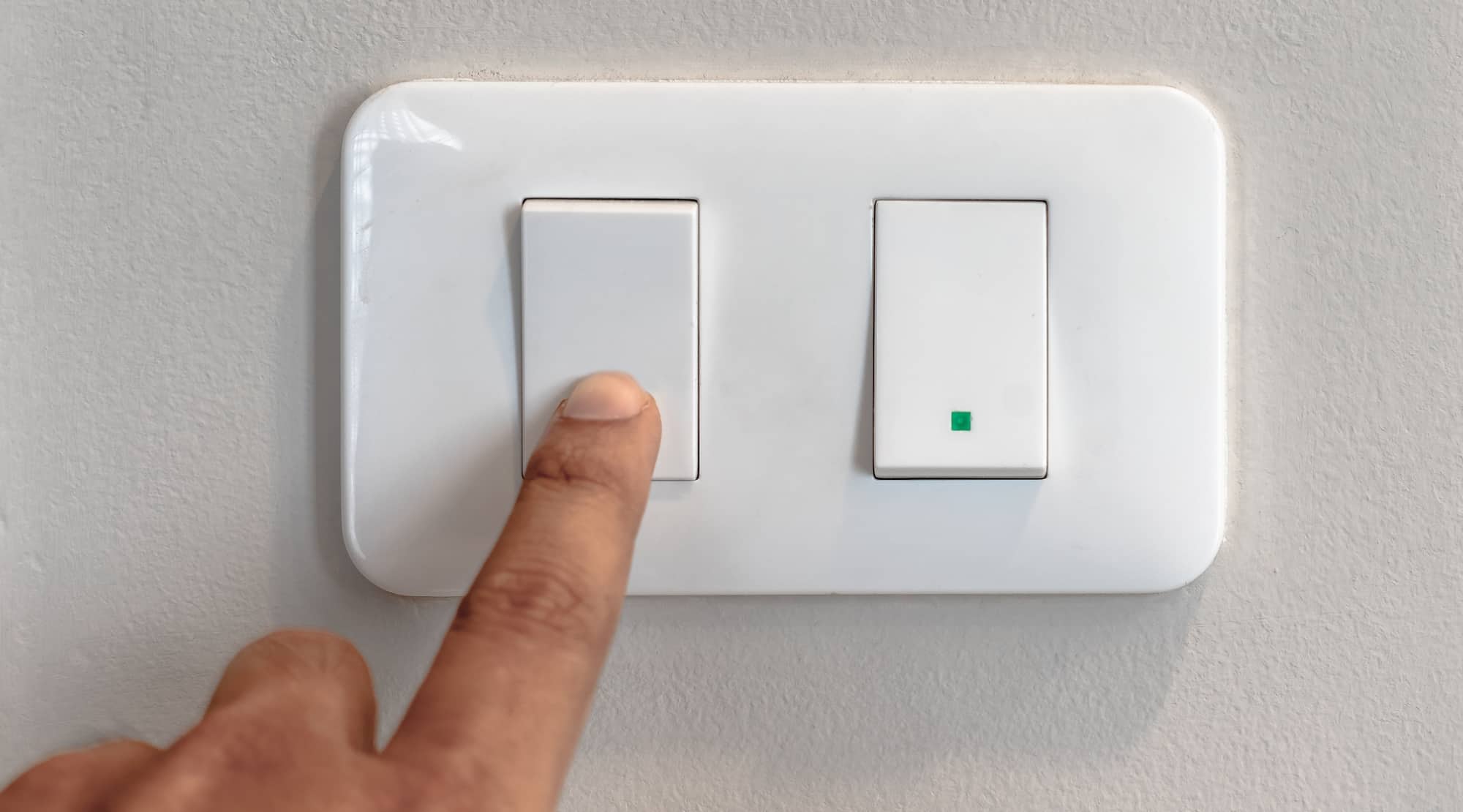
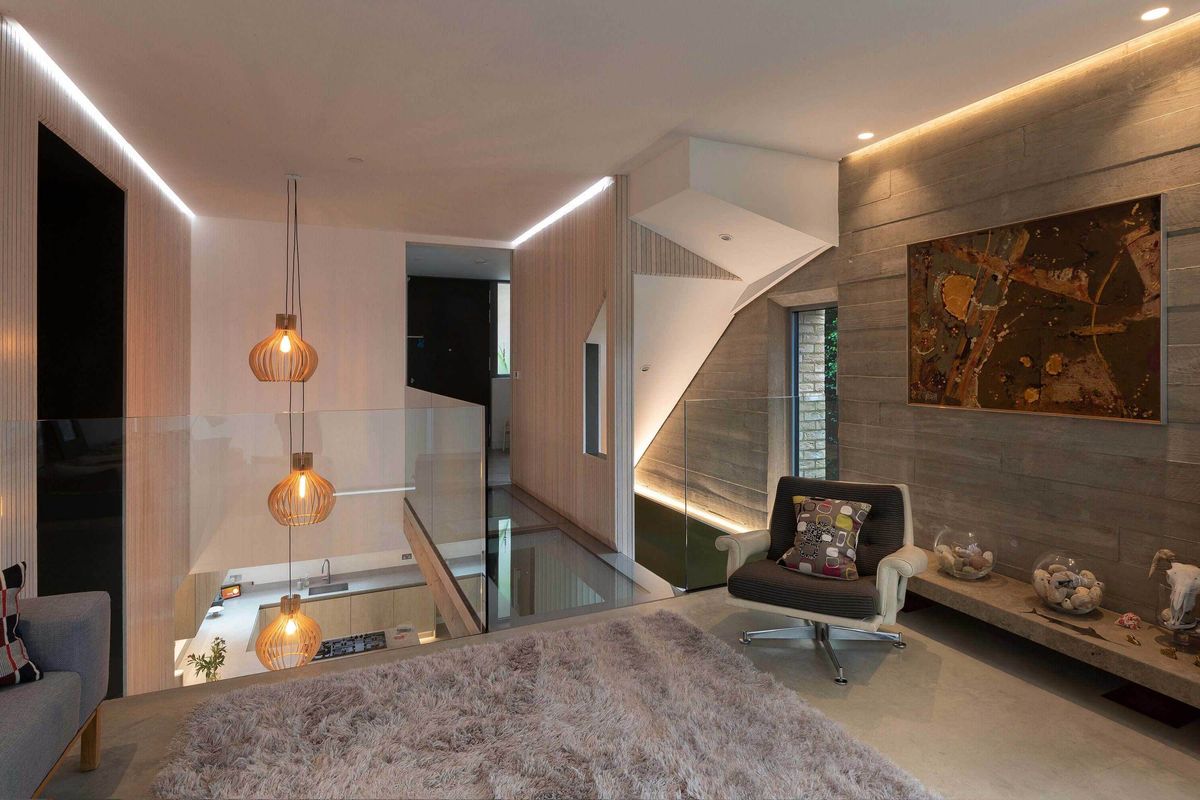
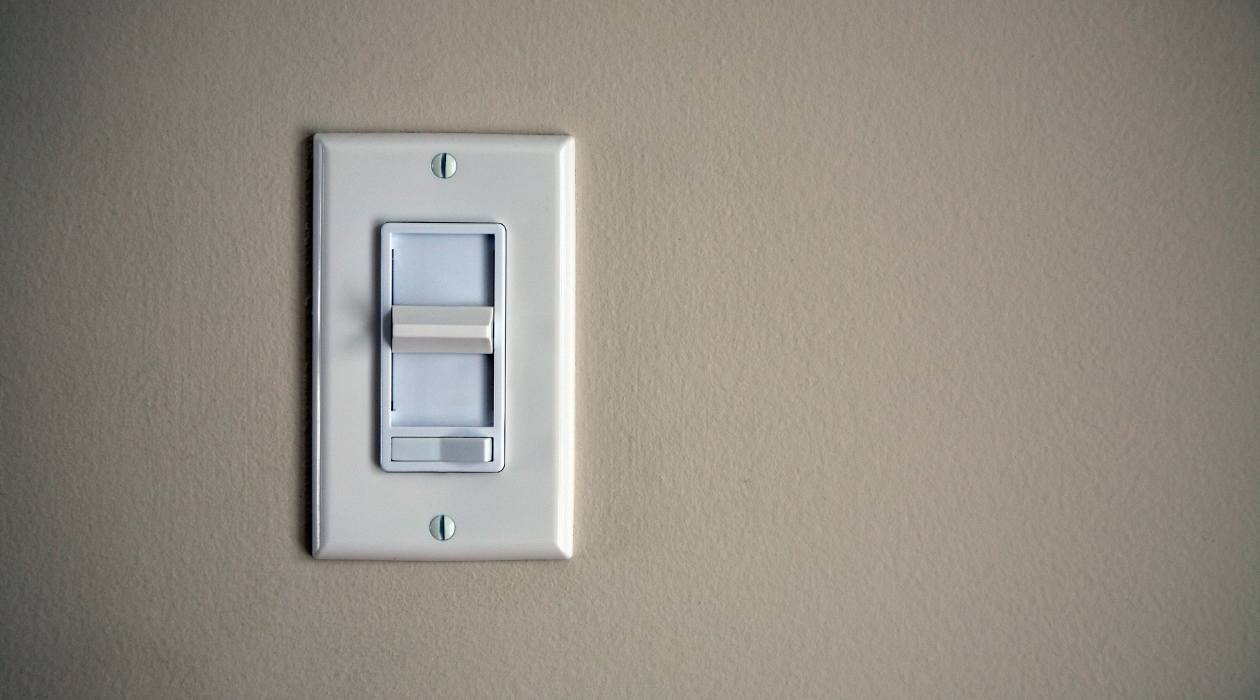
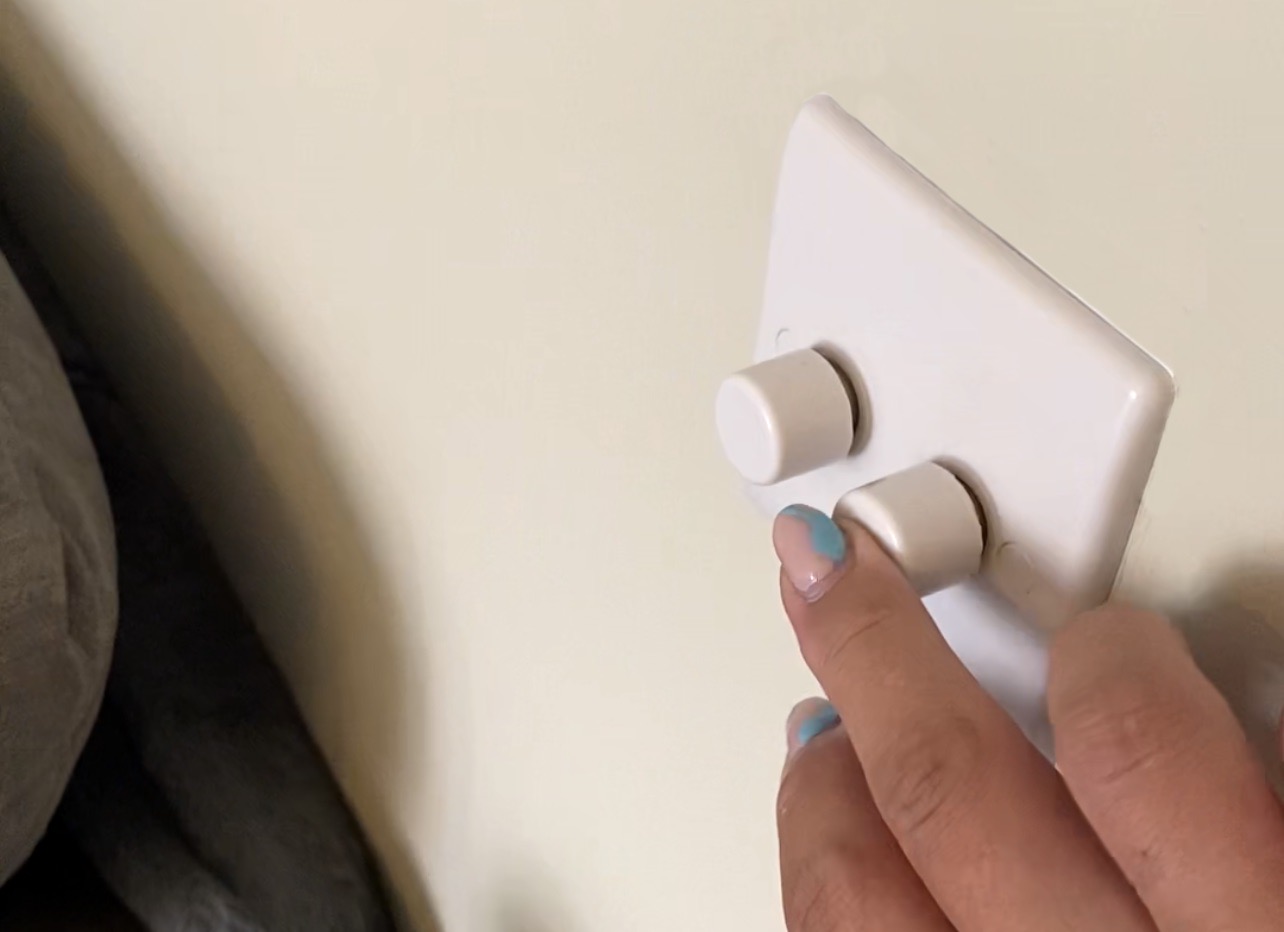
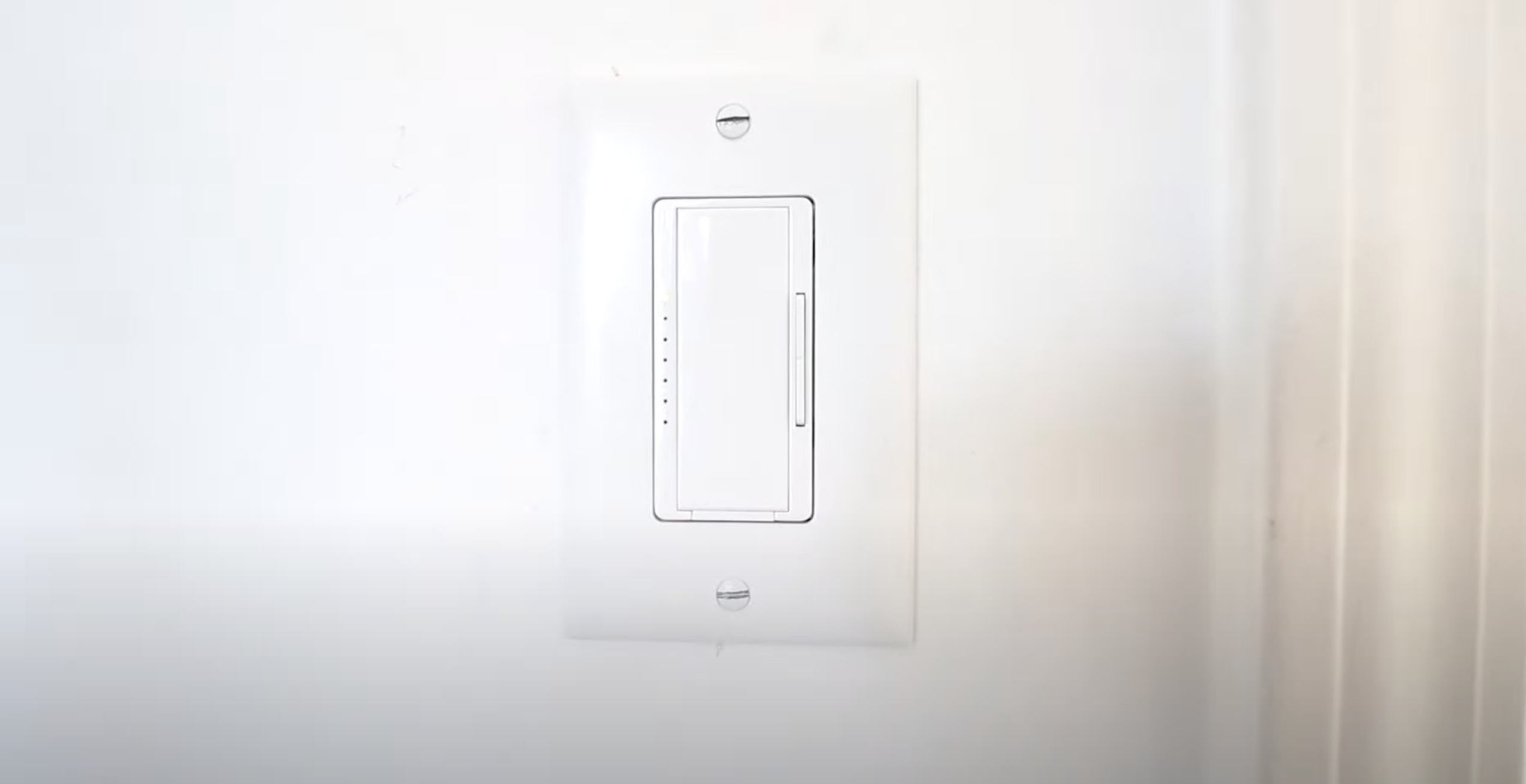
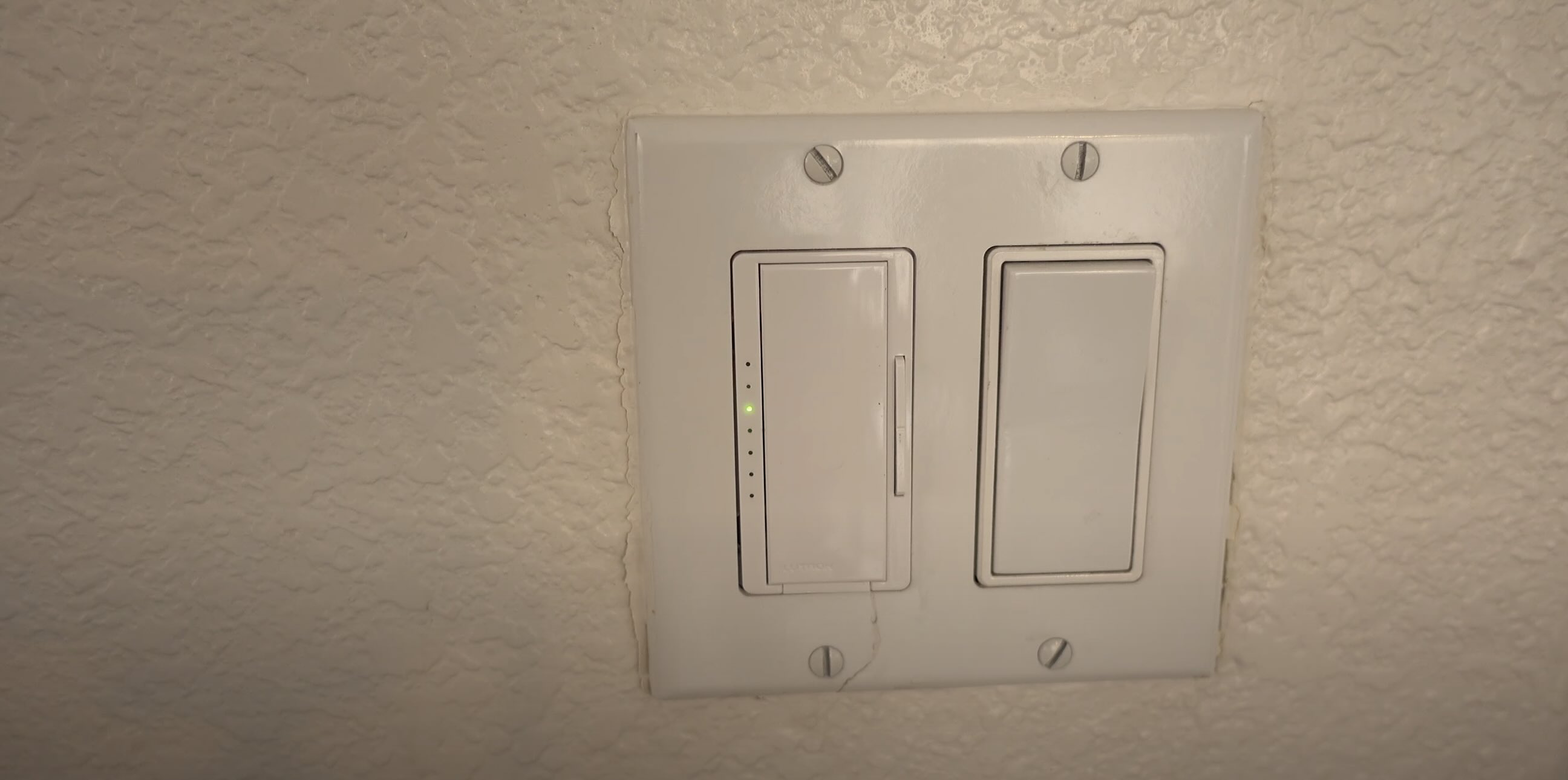
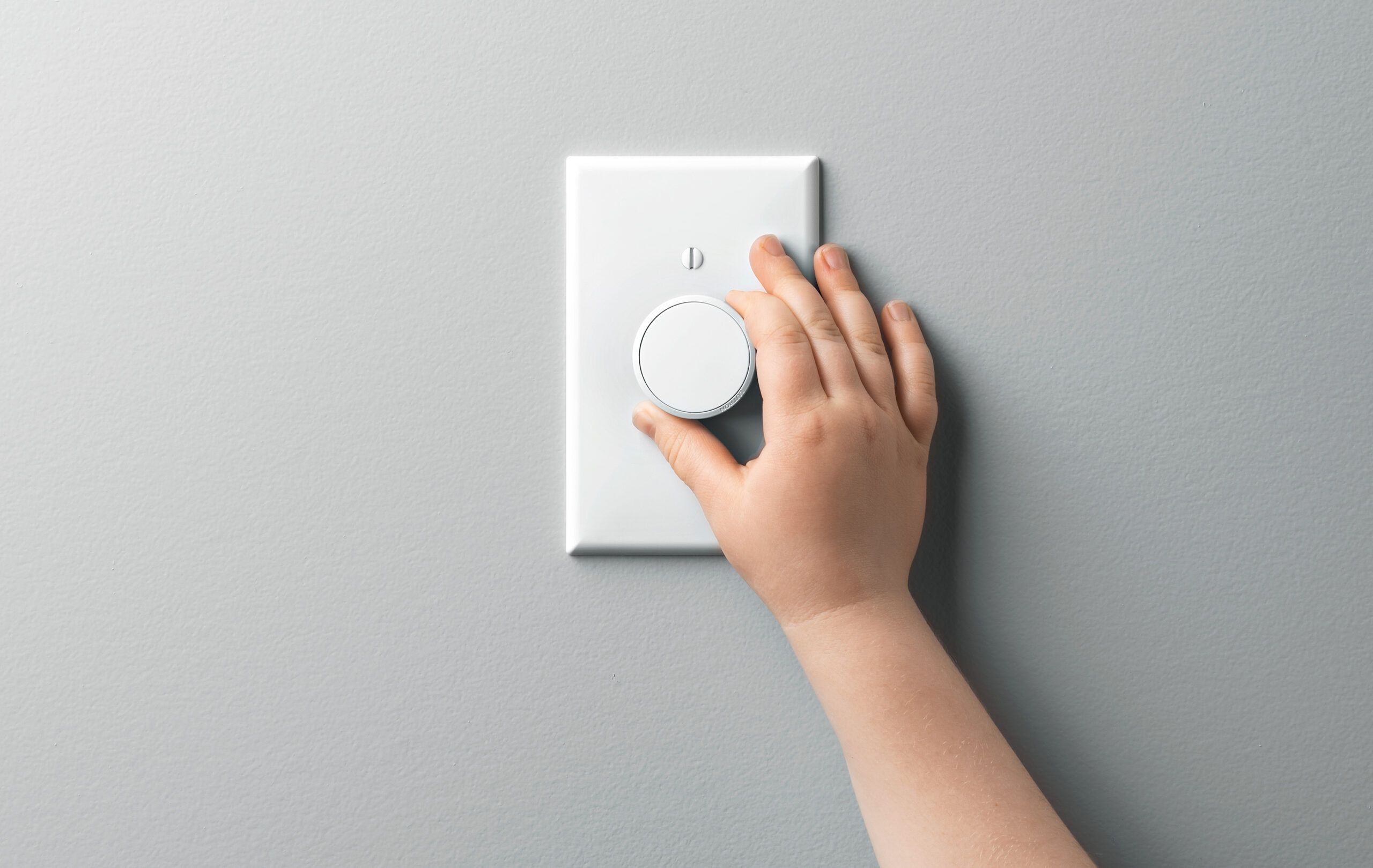
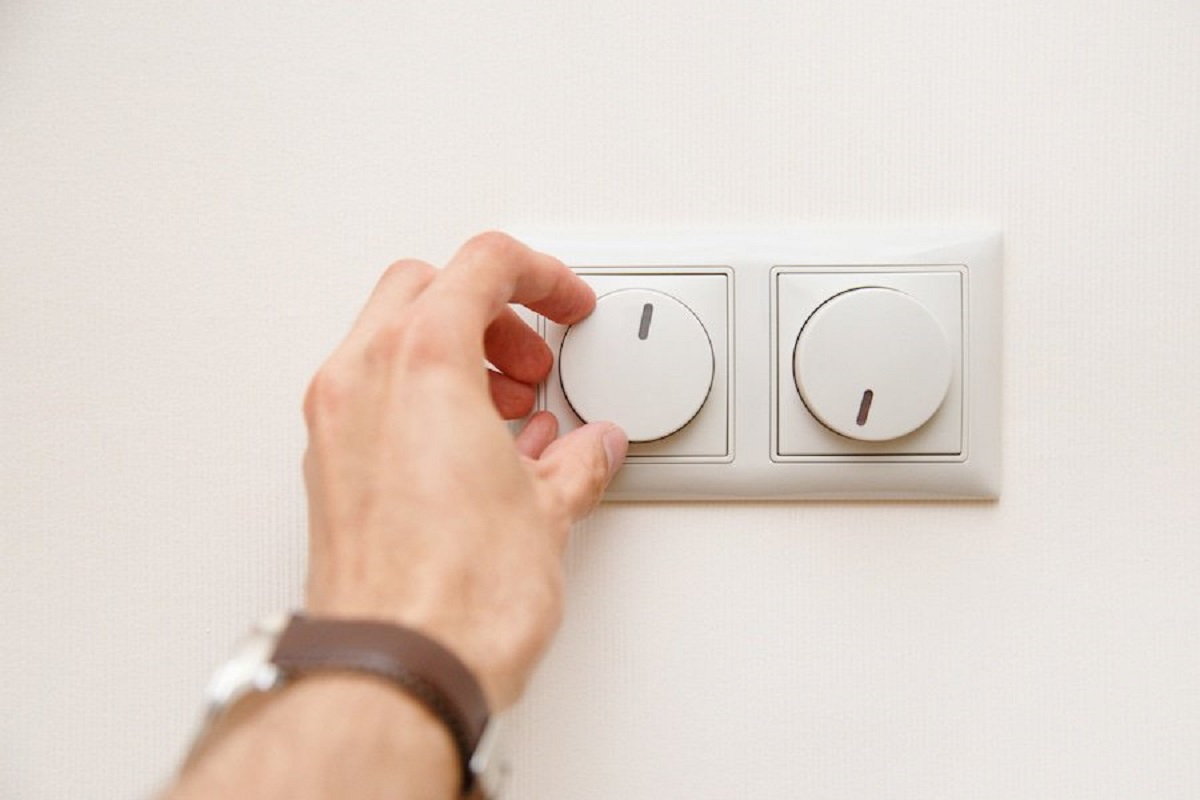

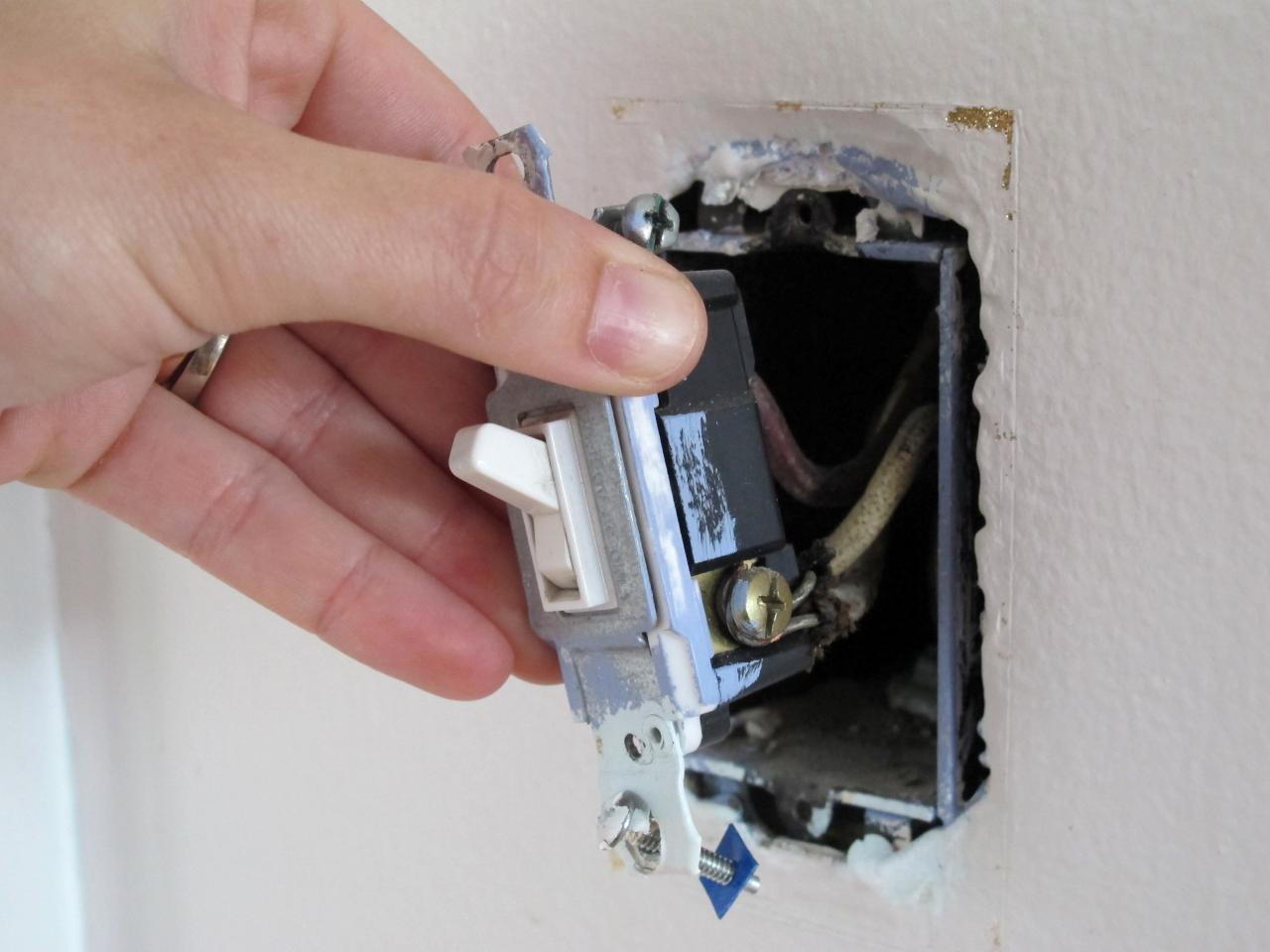
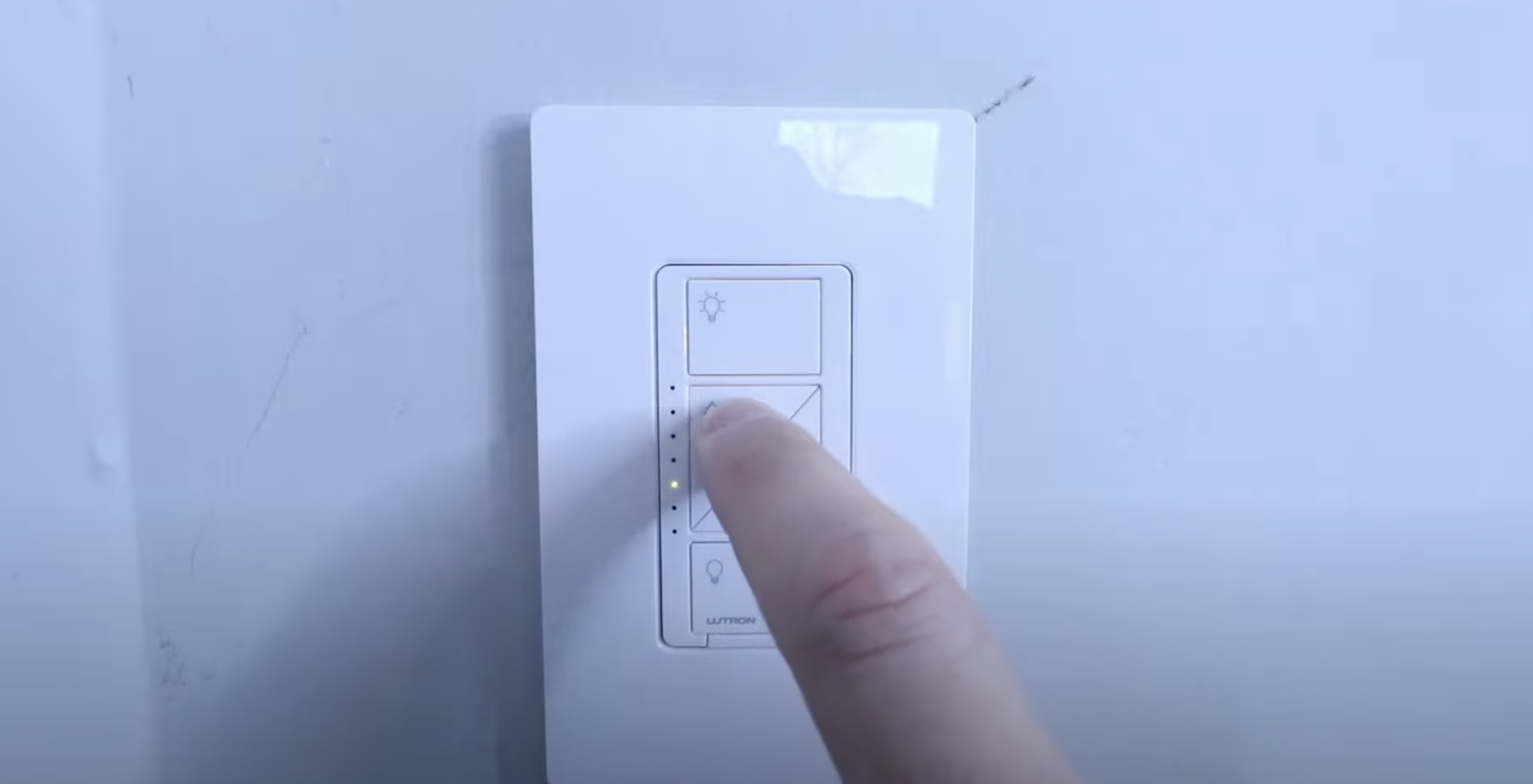

0 thoughts on “How Many Lights Can You Put On A Dimmer Switch”